You ever heard the expression that squirrels are just rats with good publicity? I think it’s true. Their faces are cuter, their tails are adorably fuzzy and they look more wholesome overall. But in the end, they are just rodents, and so get up to rodent activities.

For instance, they can break into your attic and cause all kinds of havoc, and they’ll remorselessly steal food from your bird feeders. With the cost of birdseed today, that is a legit crime as far as I’m concerned…
But maybe you don’t want to kill the squirrels to get rid of them. I understand; they are pretty cute.
Maybe it’s best just to trap one in order to send a message. Or maybe you’d like to do it as a fun diversion with one of your own kids or your nieces and nephews. Maybe you can relocate it! Squirrels are wily, but they can be caught.
And I promise you’ll have good luck with this classic, manually operated trap. With a little bait and a little patience, you’ll soon have a problematic squirrel in your custody.
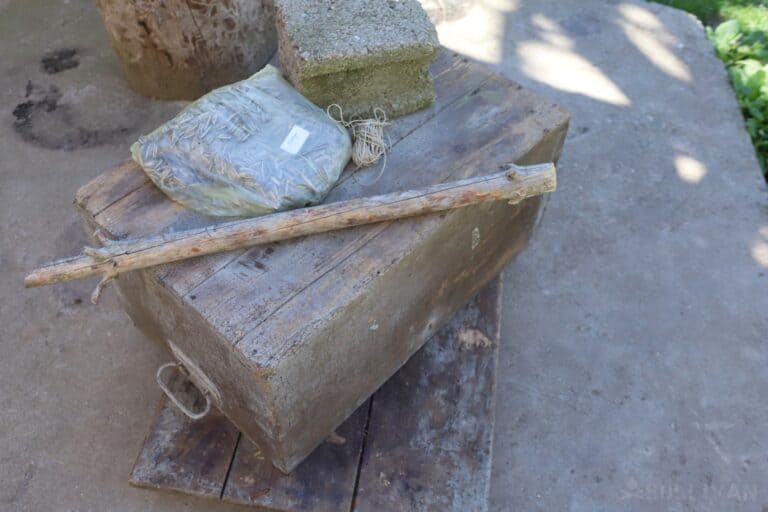
What You’ll Need
I’m telling you, this is as simple as any trap gets. In fact, it’s so simple it has been the archetype for all sorts of comedic movies and cartoons. Nonetheless, it works on sound trapping principles, and is actually effective as long as you choose the components with care.
Box or Crate: the primary part of your trap, you’ll need a sturdy box that can actually contain the squirrel. Make sure it is sturdy enough to resist immediate attempts to bite, claw or lift it. Bigger is a little bit better here, within reason.
I like to use something about the size of a laundry basket so a squirrel can’t dash out of it instantly if it senses the jig is up. A larger crate will give you a better chance of capture when you trigger the trap, but when they’re too big, they get hard to handle.
Weight: you need a weight to help hold down the box or crate above. This could be a rock, a stout book, a weight plate, a paver tile, or anything else. Just make sure that you can securely attach it to the top of the box with tape or else it will stay put when you rest it there.
Stick: just a stick. Or anything stick-like. It could be a dowel rod, an actual branch, some scrap threaded rod, or anything else. It just needs to be able to physically hold the box up on one end, and also long enough so that the box is propped up about 18 to 24 inches off the ground. That’s it!
Cordage: you’ll need some kind of cord or line to tie around the stick that you’re using as the prop rod. It must be sturdy enough to withstand a quick, forceful jerk. Fishing line works well or you can use paracord, twine, or anything else you have handy as long as it is long enough.
You’ll need to set up a good distance away from the trap in ambush so the squirrel will actually enter the trap. I like to have at least 30 feet / 9 meters between me and the trap, and more is better.
Bait: anything that squirrels eat will work to bait your trap. In my area, Eastern squirrels love to eat black oil sunflower seeds and peanuts in the shell. That’s what I recommend you get because they are readily available and dirt cheap.
A small pile of them means that the squirrel is more likely to sit there and try to eat them instead of grabbing them and dashing off.
Thin, Sturdy Panel (Optional): assuming that you actually want to truly capture the squirrel, you’ll need a sturdy panel to put under the trap.
It should be several inches wider than your box or crate is on all sides so you can hold the box closed once you capture the squirrel and easily pick it up. Ideally, it will be thin and rigid, so if you want to you can slip it beneath the box with the squirrel inside.
I told you this was super simple. With all of your materials on hand, it’s time to get down to setting the trap.
Making Your Squirrel Trap, Step by Step
The following steps will help you put together an effective trap in a matter of minutes.
Step 1: tie cordage around rod. This is how you’ll arm the trap, because you’ll pull on the cordage sharply to yank the prop rod out from under the crate, allowing it to fall.

Note that you want to tie the cordage on whatever end is going to be at the bottom, in contact with the ground, assuming the ends aren’t the same.
Step 2: pick location. Assess the area. Where do you usually see squirrels congregating to eat, rest, or observe? Where do you see them going to and fro? This is where you want to place the trap.
Step 3: optionally, place panel on ground. If you want, you can put the panel on the ground ahead of time so that, when the trap closes, you can pick it up by the panel with the squirrel inside securely.
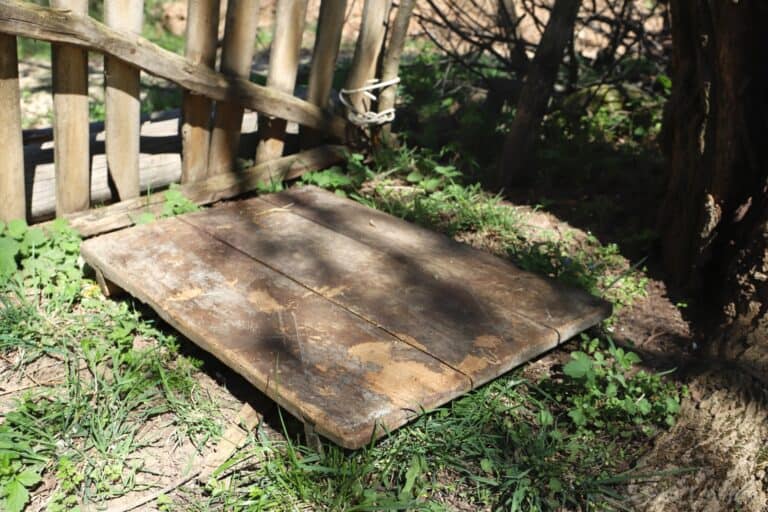
Squirrels tend to be somewhat more wary of this arrangement, so if you want a better chance of success, set the trap on bare ground (but you’ll need to slide the panel under the trap carefully after you catch the squirrel otherwise).
Step 4: Orient trap opening towards hiding spot. Wherever you plan on waiting for your squirrel to enter the trap, make sure the trap is aimed that way so that you can see into it.
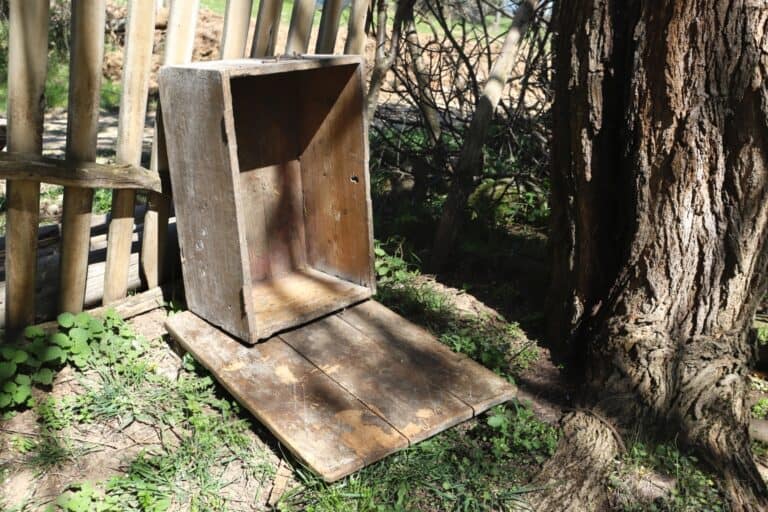
Step 5: run cordage to hiding place. Starting at your hiding place, start laying out your cord – and make sure you have plenty. You should easily be able to reach the trap location with some slack left over.
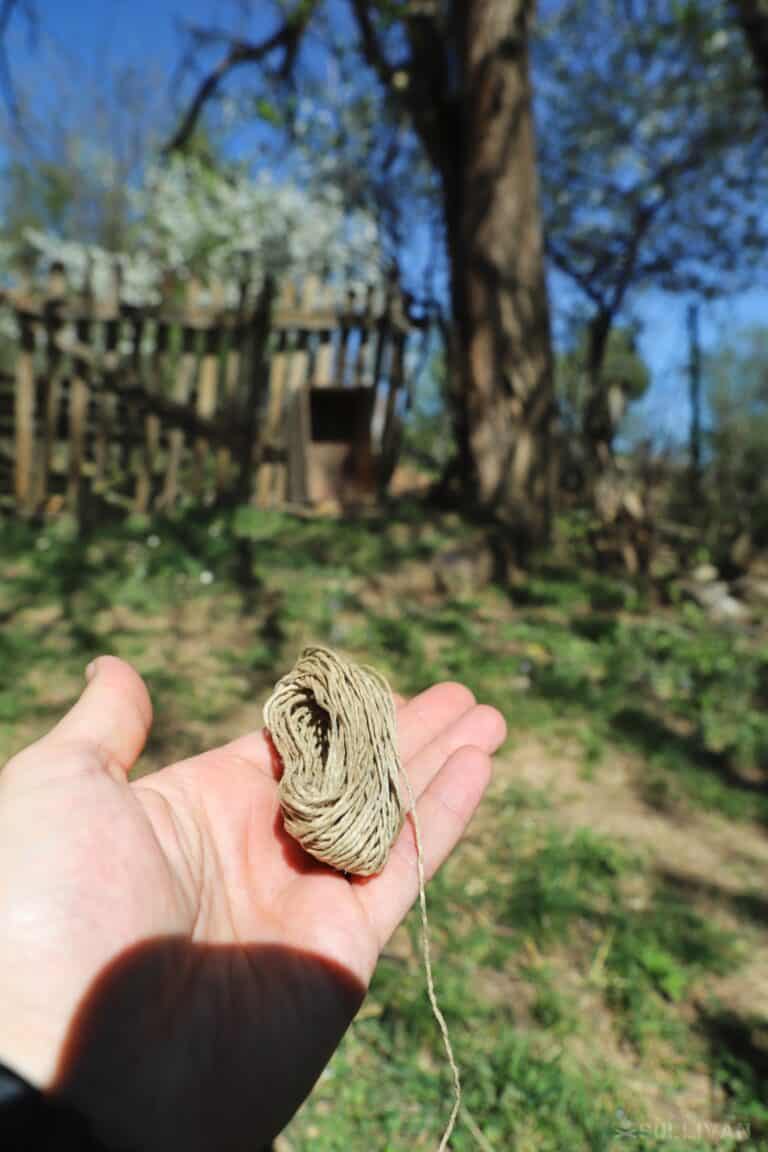
Step 6: prop up crate. Carefully, with the tied end of your stick against the ground or panel, prop up the box so that the opening is facing your hiding place.

The edge of the crate should be balanced on the stick so it’ll drop instantly when you pull the stick out from under it. Make sure it isn’t so delicate that the wind or vibration will cause it to fall. If necessary, make adjustments on either end of the stick or the edge of the crate to get a little more security.
Step 7: bait trap. Carefully, so it doesn’t disturb the trap, place the bait against the edge of the crate that is on the ground on the inside.
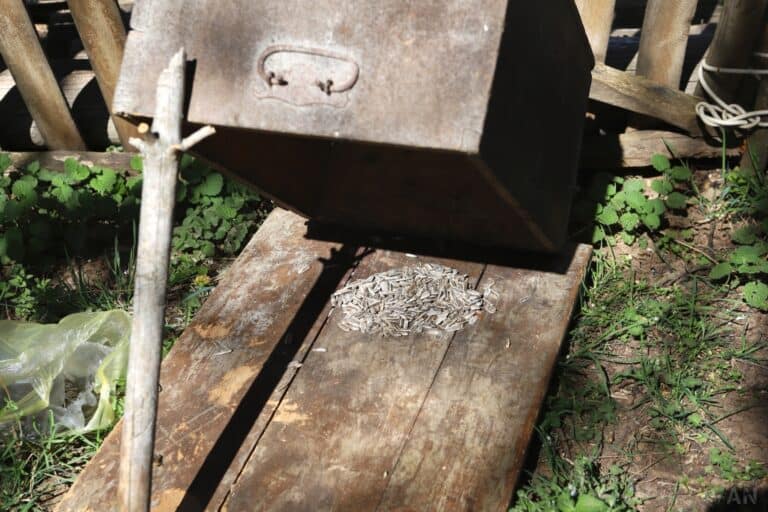
Note that you don’t want the bait to be touching the far wall. Squirrels will be a little more comfortable if the bait seems to be in the open and easily accessible. Make sure it’s far enough away from the open edge that the rodent must enter the trap.
Step 8: go to hiding spot. With the trap set, return to your hiding place and wait, being careful not to knock the trap over.
Step 9: take slack out of cordage. Carefully, gingerly, take the slack out of your cordage so that it is still resting against the ground but nearly taught. The idea is that once you give the cord a sharp pull, the prop rod will fly out from under the edge of the crate allowing it to drop instantly.
Step 10: wait. Settle in and wait for your hapless squirrel to come along. If you are dealing with urban or suburban squirrels, they should be very used to the comings and goings of people and will come along shortly.
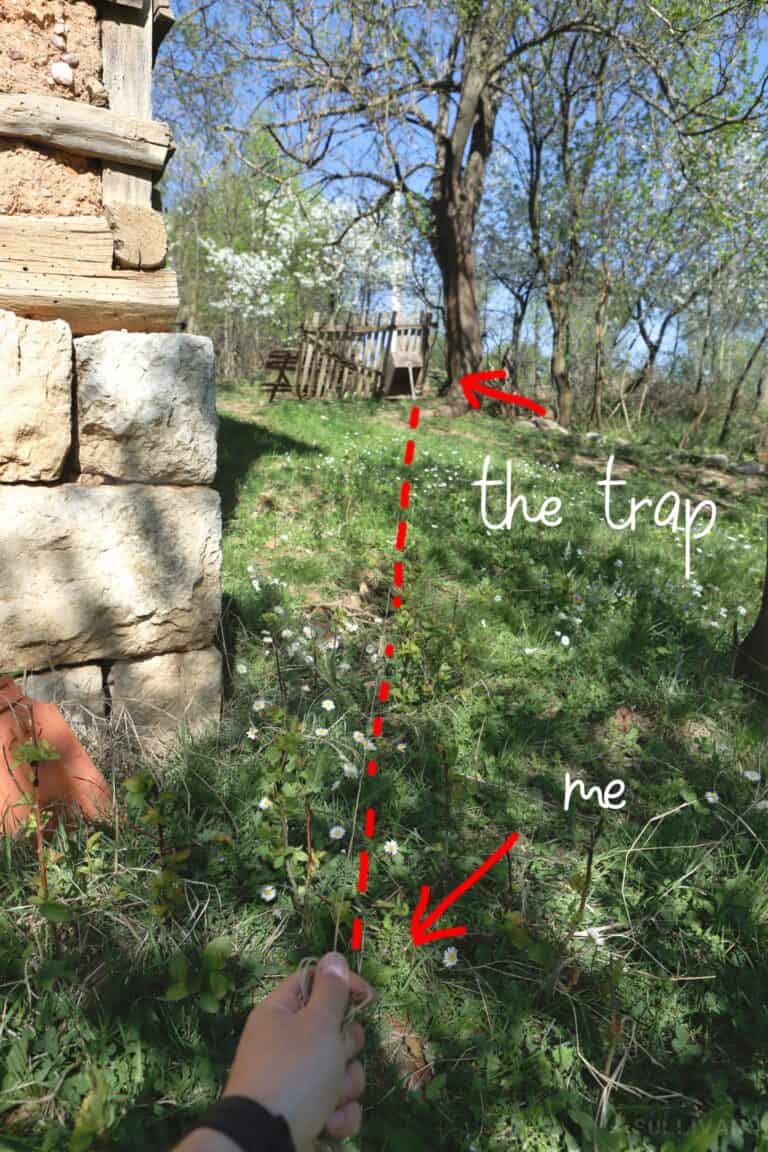
Step 11: allow squirrel to enter trap. Once the squirrels see or smell the bait inside, the temptation will be overwhelming. Don’t jump the gun! Let the squirrel go all the way inside the trap and actually pick up some of the bait before you yank on the cordage to activate the trap.
Step 12: activate! Briskly pull the cord to pluck the stick from beneath the crate. If you set it up right, it should fall before the squirrel can react, trapping it.
Step 13: secure. If needed, slip the panel carefully beneath the edge of the crate while keeping it in contact with the ground as much as you can. If you do it right, the squirrel won’t be able to slip out. Watch your fingers! Squirrels can and will bite. If you already had your panel in place, he’s caught.
Step 14: caught! Congratulations! If everything went according to plan you have caught a squirrel with your simple trap and can do with it what you will.
If this is a catch-and-release operation, just for fun, or to hopefully to terrorize the squirrel into leaving, you can simply lift up one end of the trap and watch him bolt away.
Helpful Hints
- Make sure the crate can fall flush and flat on the ground. If anything could possibly obstruct an edge of the crate, your squirrel can easily slip out. They are surprisingly agile, and can squeeze through any space where their skull can fit. Make sure no rocks, leaves, bait or uneven ground could give your squirrel an avenue of escape.
- Secure the bait. Squirrels have lightning reflexes, and don’t be surprised if you see them get away with the bait several times, or dart in and then dark back out before you can react. Gluing the bait down with a little bit of peanut butter or something else that is sticky and safe will convince the squirrel to sit where he is and try to eat it.
- Try and try again. If your squirrel keeps getting away, make adjustments. Try propping the box up more or less. Put the bait in a little deeper or a little closer to the edge. Put it closer to one corner. Experiment, and you’ll have him.
- Lull cautious squirrels into a false sense of security. Particularly cagey squirrels, or squirrels that have escaped a capture attempt several times, will stop falling for your trap or won’t go for it in the first place. If so, just leave the box out in that spot, disarmed, and give it a few days. When squirrels see that it isn’t doing anything, they will lose their fear of it. Then you can arm the trap and try again to catch them.
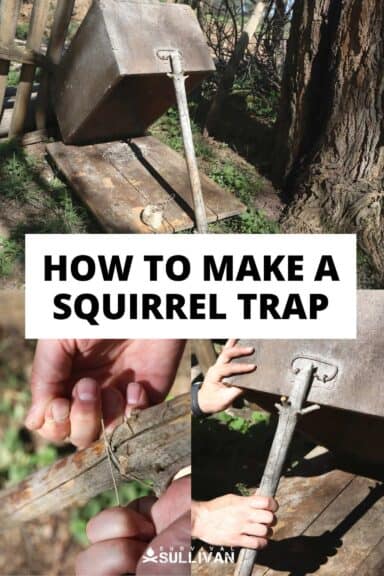
The post How To Make the Easiest Squirrel Trap Ever (Pics) appeared first on Survival Sullivan.
https://www.survivalsullivan.com/box-squirrel-trap/
 CampingSurvivalistHuntingFishingExploringHikingPrivacy PolicyTerms And Conditions
CampingSurvivalistHuntingFishingExploringHikingPrivacy PolicyTerms And Conditions
